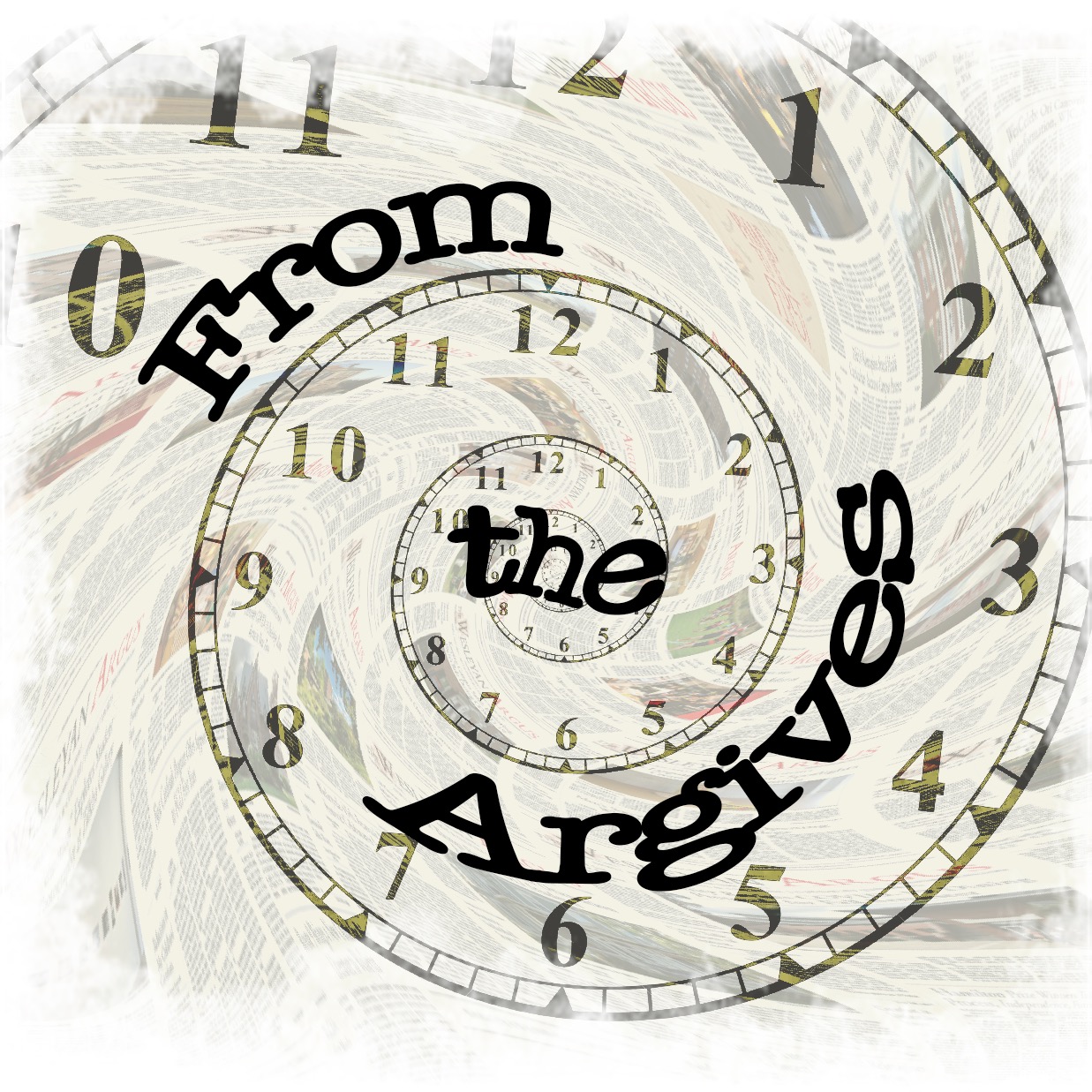
c/o Sam Hilton, Head News Editor
Picture this: you’re a student at Wesleyan on Friday, Sept. 10, 2004. You’re reading your precious, irreplaceable copy of The Argus and you flip to a page with the headline “Thefacebook.com Comes to Wesleyan” by then-Features Editor Dan Bobkoff ’05. You are ecstatic, this hip new college social media site has finally entered into campus life at the University. Genius Mark Zuckerberg has blessed you with an opportunity to rate your classmates and make new Friends.
“Procrastinators take note: Wesleyan has joined yet another on-line community,” Bobkoff wrote.
This seems archaic to a present-day Wesleyan student. Facebook dropped the “the,” moved on from stirring up college campus social lives, and now is undertaking small ventures like contributing to democracy’s dramatic decay. But the novelty of sites such as Facebook to the student body in the early 2000s caused it to take the University by storm.
“Since Wesleyan was added to the site in August, 1,502 Wesleyan students have joined the community,” Bobkoff wrote. “Across all schools on thefacebook, there are 257,721 users.”
Again, a quarter of a million users seems minuscule compared to the hulking 2.93 billion (with a “b”) monthly users that the site’s parent company, Meta, boasts as of July 2022. It’s also fascinating to compare the current $28 billion in revenue that Meta raked in during the second quarter of 2022 with the site’s flailing financials at the time.
“[A spokesperson for thefacebook] says thefacebook is a corporation, but is not currently profitable,” Bobkoff wrote. “They plan to expand to more schools.”
Despite how ridiculously inconsequential thefacebook seems in comparison to modern-day Meta, the site’s immediate impact on Wesleyan campus life should not be downplayed. With over half of the student body signing up in the first few months of its presence on campus, early access to the social media platform undoubtedly shifted the University’s social scene. Margaret Gullick ’07 is quoted in the article noting how rapidly her friends started using the site.
“The day Wesleyan was added to thefacebook, a friend of mine called me to let me know,” Gullick said. “I joined when I got back home to a computer that night. Apparently everyone was also online the night I joined, since I was getting friend requests almost immediately after signing up—some literally within a half-hour of starting an account.”
Additionally, thefacebook gave students a new opportunity to reconnect with peers they may have fallen out of touch with during their time at the University. This applied to both the infamous freshman year friend groups and, as Sarah Elgart ’07 explained in the article, pre-Wesleyan friendships.
“I’ve found that old high school acquaintances resurface themselves through thefacebook,” Elgart said. “I might develop friendships when I go back home that I wasn’t anticipating.”
And of course, as more and more information about students was put online, everyone was given a new avenue to learn about their neighbors, friends, and coworkers.
“With students posting so much information about themselves on the site, it’s now possible to learn much about one’s peers without having to talk to them,” Bobkoff wrote. “Most users post their relationship status (some even list who they’re in a relationship with), sexual orientation, cell phone number, and other information such as one’s favorite books.”
Having access to so many parts of our peers’ lives seems normal to us, and yet, this sort of information availability was a landmark shift in social dynamics at the time. Becky Goldstein ’05 pointed out in the article that it has its advantages when looking for relationships.
“It’s better to find out the guy you like is gay from the start, instead of after you’ve had a crush on him for a year,” Goldstein said.
Some students, including now-defunct WesMatch co-founder, Dan Stillman ’04 had less favorable views of thefacebook, comparing the platform to pre-existing websites.
“They seem to be basically another Friendster clone, trying to grow as fast as possible without any real appreciation for what makes a place like Wesleyan unique,” Stillman said. “We don’t see them as offering the same thing [as WesMatch does] at all.”
It’s clear to see who emerged victorious in the social media market. While this article seems entirely insignificant now, its presence is still felt. The echoes of this rise of social media can be found today; whether it’s the anonymous platform YikYak making a triumphant resurgence at colleges across the country, BeReal exploding among young people at the University, the continued operation of Wesleyan-specific social media sites like WesCam, or the fact that Meta now holds Facebook and Instagram within its powerful grasp, it’s clear that social media has well and truly infiltrated all parts of life.
“It remains to be seen whether these sites will become a fact of life or a fad, but, in the meantime, they do provide interesting revelations for its users,” Bobkoff wrote.
Sam Hilton can be reached at shilton@wesleyan.edu.
“From the Argives” is a column that explores The Argus’ archives (Argives) and any interesting, topical, poignant, or comical stories that have been published in the past. Given The Argus’ long history on campus and the ever-shifting viewpoints of its student body, the material, subject matter, and perspectives expressed in the archived article may be insensitive or outdated, and do not reflect the views of any current member of The Argus. If you have any questions about the original article or its publication, please contact Head Archivist Sam Hilton at shilton@wesleyan.edu.